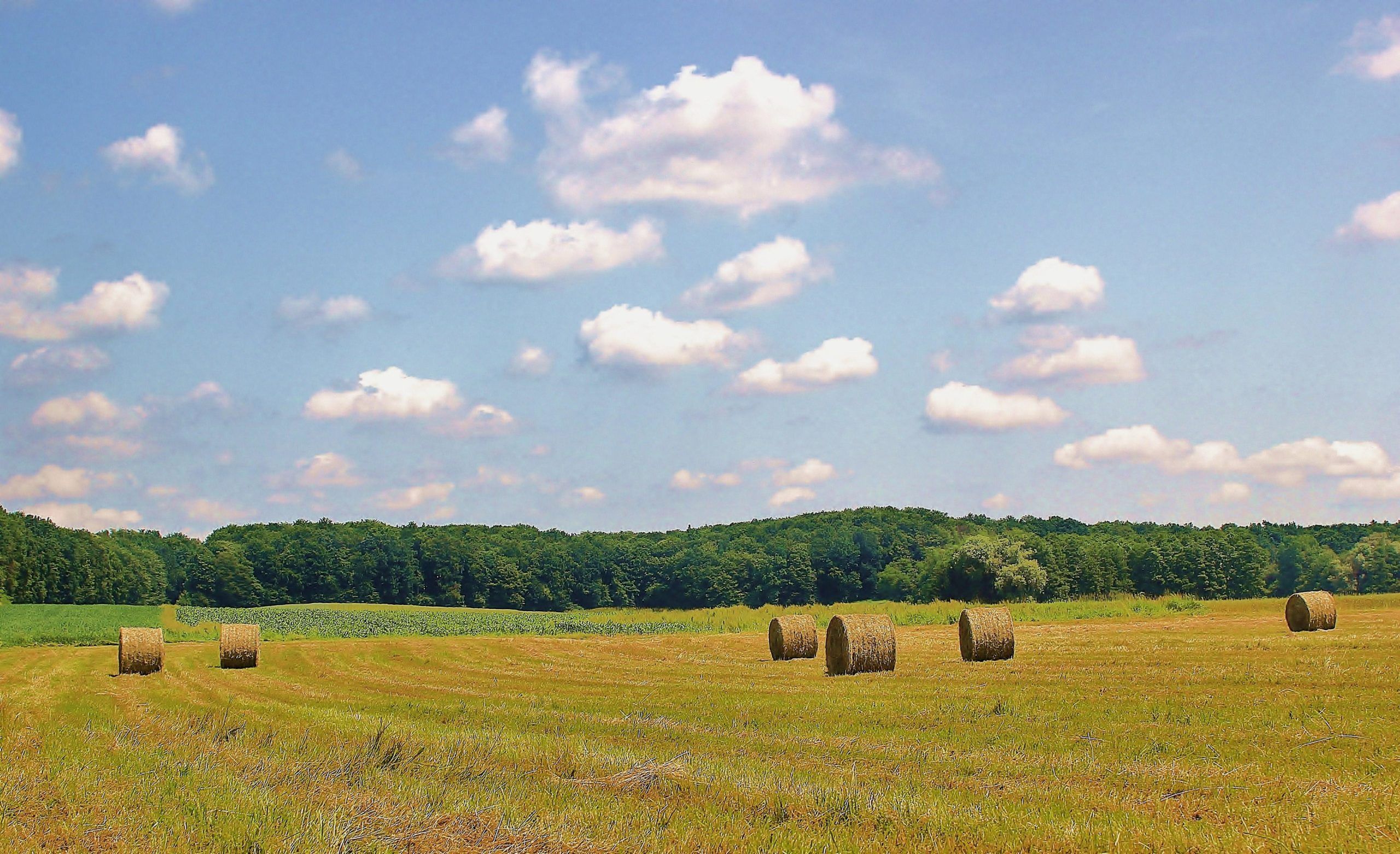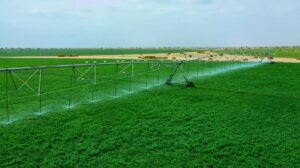“The challenge is that we have greater demand for our investments than we have resources to meet the demand,” U.S. Secretary of Agriculture Tom Vilsack recently told AgFunderNews.
Today, the U.S. Department of Agriculture (USDA) announced the first investments from the $10 billion Rural Infrastructure Opportunity Fund (ROI), which was first established last July during the inaugural White House Rural Opportunity Investment Conference in Washington, D.C
The private investment fund, which was anchored by CoBank, a cooperative bank serving rural America and a member of the Farm Credit System, was launched by the USDA to help jump-start investments in rural America by the private sector.
“USDA and other agencies invest in infrastructure through a variety of federal initiatives, but our resources are finite and there are backlogs of projects in many parts of the economy,” said Secretary Vilsack, who also serves as Chair of the White House Rural Council. “Efforts like the fund help encourage substantial private investment in even more projects that help to grow the rural economy and support rural communities where people want to live, work and raise their families.”
Capitol Peak Asset Management (Capitol) was tasked with managing the new fund and recruiting more investors to add to CoBank’s initial $10 billion commitment. The USDA and additional federal agencies have helped Capitol identify potential beneficiary rural projects to maximize the impact of the agency’s own investments in job-creating rural infrastructure projects across the country.
Now, through the ROI and its expanded public-private partnerships, the USDA has facilitated the investment of nearly $161 million into 22 critical water and community facilities projects in 14 states.
The investments included 11 community facilities projects in various states — from upgrading a rural ambulance facility in South Dakota to building two new critical access hospitals in rural Illinois and North Carolina — and 11 critical water projects — including upgrades to existing water systems and the construction of a new reservoir.
Capitol has at least 38 additional critical infrastructure projects in the fund’s future pipeline, according to the press release.
The fund could lead to substantial investment in the agtech sector as entrepreneurs strive to help farmers across the country increase their productivity, improve yields, and promote economic efficiency. But according to Secretary Vilsack, many opportunities for investment in rural America have gone unnoticed. “There is a tremendous potential resource base in rural America, and we have been looking at this in a simplistic way thinking that the only utilization for these regions is production,” said Secretary Vilsack.
Now, however, Secretary Vilsack and the USDA are seeing more opportunities for utilizing America’s rural communities. “With the bio-based industry, for example, they can take feedstock, animal waste, livestock waste, farm crop residue, and municipal waste and repurpose them into chemicals and materials. This represents a $396 billion industry that provides roughly 4 million new job opportunities,” explained Secretary Vilsack. “There are also technologies targeting local and regional food systems and enhancing their ability to do business directly with consumers through hospitals, schools, and other facilities. There are multi-billion dollar opportunities there.”
The fund allows a wide variety of new participants, including pension funds, endowments, foundations and other institutional investors, which have not traditionally had access to these markets to invest in rural development, to get involved. In some cases, projects may be funded entirely with private sector dollars, whereas others might be led with government loans and grants and extended or leveraged with private capital.
Lacking understanding about rural America has put off investors in the past, according to Vilsack.
“People may not be comfortable with or understand the projects and opportunities. So, as a result of this lacking familiarity, they may decide to pass and not pursue,” he said. “This effort is about getting people more comfortable learning about the opportunities, attributes, and values in rural areas and far more comfortable with making investments in these areas. We are helping people see connections and linkages, and as they become more familiar they will see more deals take place and more creative entrepreneurial initiative efforts coming out of rural areas. This will feed on itself. That’s the goal here.”
The ROI represents just one of the Obama Administration’s efforts to provide better financial support and infrastructure for rural America. Shortly before launching the ROI, for example, the USDA announced the $150 million Rural Business Investment Company (RBIC), which allows the USDA to help facilitate private equity investments in innovative agriculture-related businesses. The first RBIC fund is being managed by Advantage Capital Agribusiness Partners.
“We started with one RBIC $150 million fund and it is already making equity investments in small businesses around the U.S. and in a variety of food and agriculture-related businesses. We have conditionally licensed two other RBICs. If they are fully funded, they will exceed $165 million additional dollars of equity opportunity,” said Secretary Vilsack. “There are several other RBIC applicants in the queue waiting to file applications. We have been excited about the response and reaction to our first conference.”
The USDA has also certified another two investment firms under the program: Meritus Kirchner to raise a $100 million in growth or expansion stage funds and Innova Memphis to raise between $25 and $40 million seed and early-stage venture fund.
“Innova will mainly target early stage, technology-based companies that fall in the AgTech category,” Innova board chairman Jan Bouten recently told AgFunderNews. The firm is seeking companies with strong, defensible technologies that are offering market-ready products or services. “We need management teams that understand the industry sector they’re going after,” said Bouten. “We look for opportunities with reasonable capital needs to get to market.”
Secretary Vilsack’s report on the ROI’s first year comes in advance of the second White House Rural Opportunity Investment Conference in Washington, D.C., which will focus on building equity capital in rural America. Connecting senior leaders from financial institutions, fixed income funds, and other investors with rural business leaders, senior-level Government officials, economic development experts, and program sponsors will be a main focus of the event.
As for the future of agriculture, Secretary Vilsack sees agtech playing a leading role; the more information farmers have about their land, the closer they will be to it and the better off they will be, he said. “The assembly and analysis of information will be important for their ability to translate this information into business decisions that farmers can apply to the farm, whether it be more efficiency with the inputs they use, or a better understanding and appreciation of which crops to plant in what time frame.”
Have news, tips or want to write a guest post? Email [email protected].

















Sponsored
International Fresh Produce Association launches year 3 of its produce accelerator